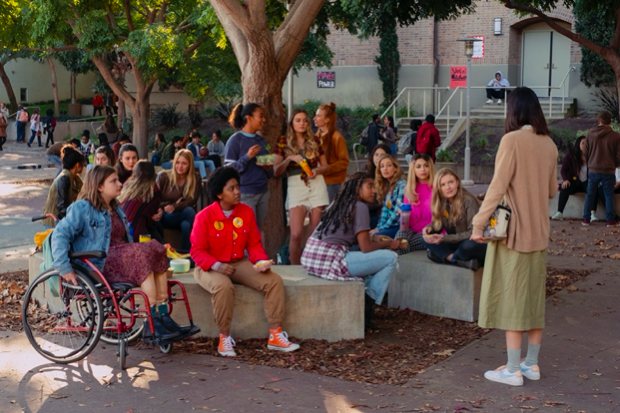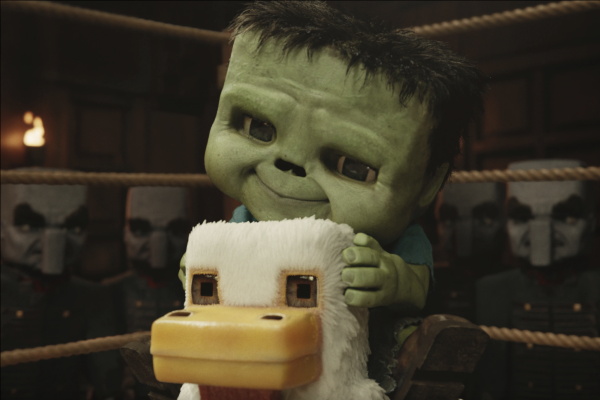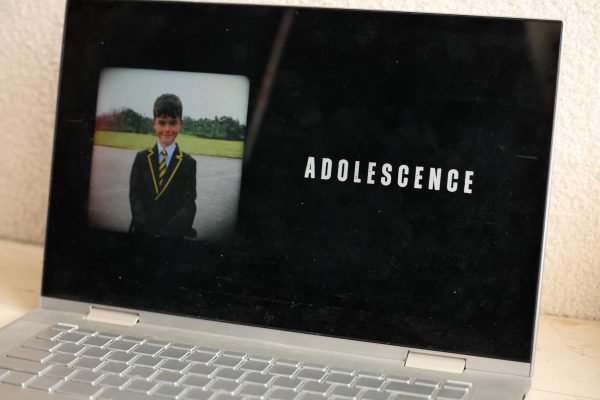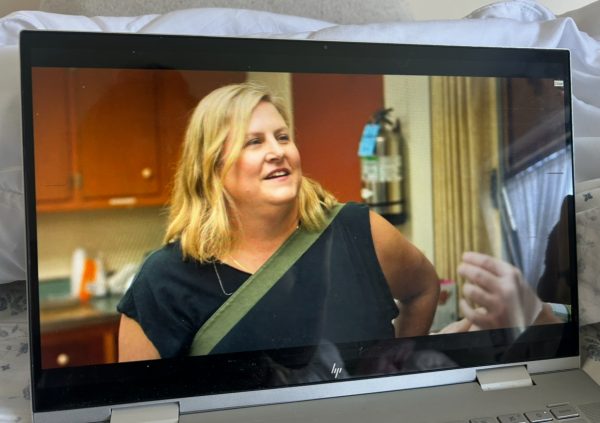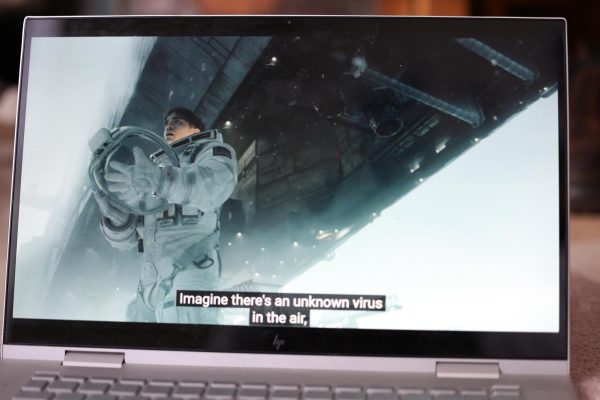“Moxie” Tries To Fight Stereotypes About Teenage Girls
“Moxie” strives to work against teen girl stereotypes that so often run rampant in film, aiming to embrace teenage female friendships in a realistic way and showcasing young women whose goal is to uplift each other even during times of turmoil. But it falls flat, leaving the audience with an all too simple whitewashed feminist message.
Directed and produced by Amy Poehler, “Moxie” depicts shy 16-year-old Vivian, played by Hadley Robinson, and her growing frustration with the constant sexism she and her classmates experience at their school. This frustration, combined with inspiration from both her mother’s feminist past and a new, outspoken friend, Lucy, played by Alycia Pascual, encourages her to write an anonymous zine called “Moxie.” Its publication has a ripple effect not only in her own life but in her school and community.
In a Zoom roundtable discussion prior to the film’s release on Netflix on March 3, 2021, Pascual and Robinson discussed the making of the film and what they hoped their performances would achieve with The Fordham Ram and two other student newspapers.
Alycia Pascual felt personally drawn to the role of Lucy as someone with experience in using her platform for personal activism. “Activism has always been at the center of my life,” Alycia told the Ram, describing her lifelong desire “to lead in love and educate with empathy.” Her mother, from a young age, called her a “rebel without a cause.” When she got the part of Lucy, she was “hooked” and felt it was a perfect culmination of her passions and aspirations. Pascual said she “learned for Lucy and put [her]self in her,” creating “a beautiful symbiotic relationship.”
“Art shapes society and shapes perspective,” Pascual explained. The role of Lucy allowed her to “be a part of a film that’s really trying to positively impact the world and empower people’s voice.”
“Moxie” does have this aim, but there is an ever-present question of which voices are chosen to be empowered. The protagonist is a straight, white cisgender female, who has the opportunity to realize her own privilege through the conversations and experiences of her friends. But this possibility for Vivian’s own self-reflection is often squandered in the film in favor of exploring a blossoming love interest or butting heads with her mother.
However, the cast and crew are aware of the issue of intersectionality within the film’s plot. Amy Poehler’s character is a former activist who comments upon the lack of intersectionality in her early feminism, recognizing that she and her peers did fail in that regard. The actresses feel that they’ve done more than most films in terms of highlighting the importance of intersectionality. Robinson says of her character Vivian that “[intersectionality] is something that Vivian is addressing for the first time … you really see her going through a lot of changes with the help of these people she becomes close to throughout the film.”
Pascual feels that her character embodies intersectionality “as a Black, Afro-Latina young woman … she makes people uncomfortable … she is a change maker … she is proudly a Black woman who wears braids and is unapologetic.”
The film was built by the hard work of a group of talented women both on and off camera. The director, writers and producers are all women, a rare sight in the movie industry. Even the art department was entirely staffed by women. Robinson explained that having these women in positions of power created a “sisterhood” on set, which allowed them to build a film in their vision, built upon shared experiences as women in the entertainment industry.
Pascual agreed, referring to the “cosmic” energy while filming. She said it was “a huge blessing as an artist. This film is led by all of these beautiful, amazingly talented young women, and then directed and produced and written [by women].”
This film certainly does emphasize the bond between women with shared experiences, albeit in a different context. The plot focuses on female friendships, specifically teenage female friendships. It is a very well-rounded view of these relationships, portraying both the innate tensions that can arise and the sort of unflinching support that always exists in these high school friendships.
The portrayal of these multifaceted relationships is certainly the highpoint of this film, perhaps due to this existing atmosphere. Otherwise, it falls flat in trying to achieve the sort of unproblematic portrayal of feminism it seems to desire. A number of scenes are out of place in the film, serving little purpose to the overall goal of empowering the audience. The character development feels rushed, with characters changing their personalities with very little explanation for the change. It tries to say something new about society, making broad statements on sexism and speaking. It attempts to address too many issues and is ultimately unable to say anything of true meaningful change. In the end, the film portrays an all-too-easy version of feminism that is only slightly more progressive than the whitewashed activism it hopes to avoid.



































































































































































































